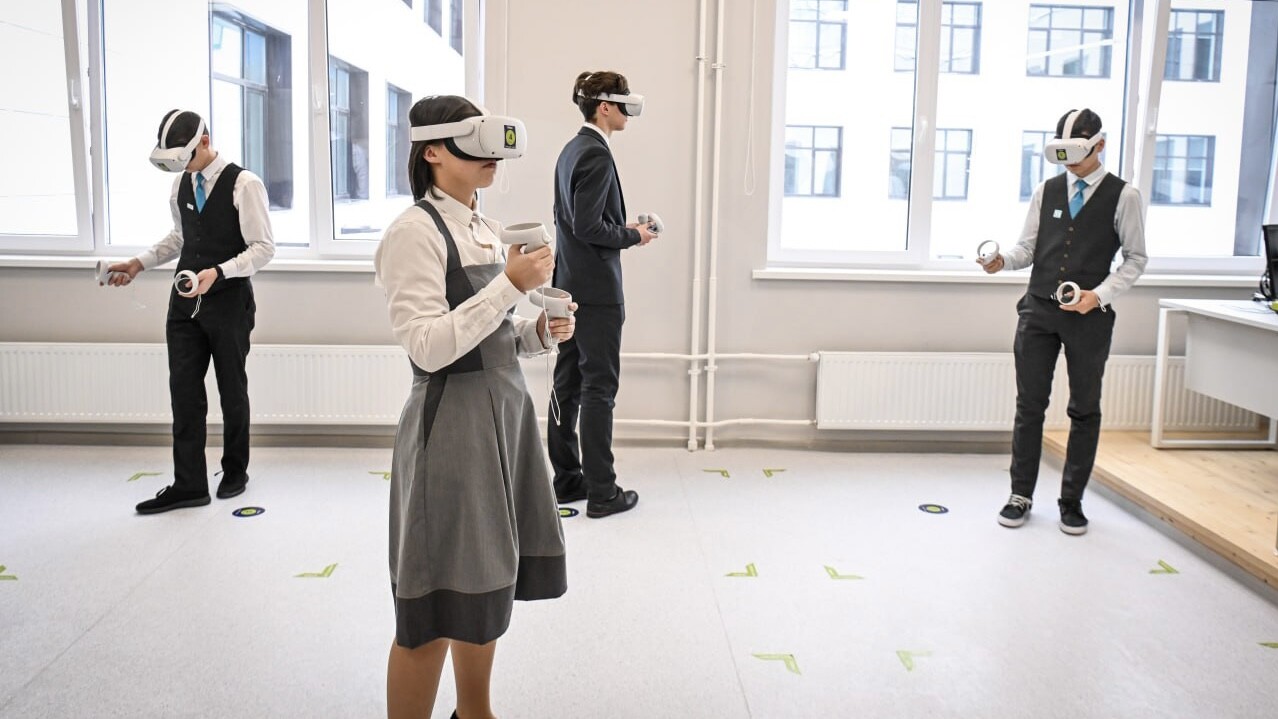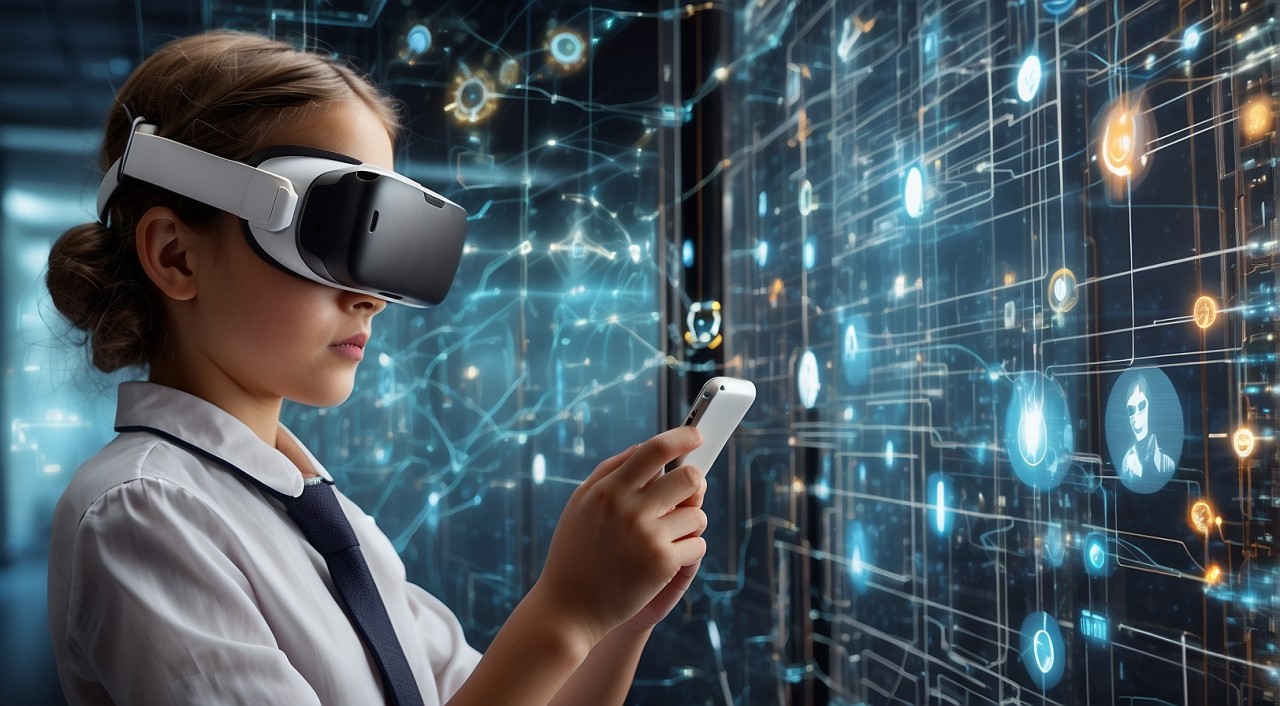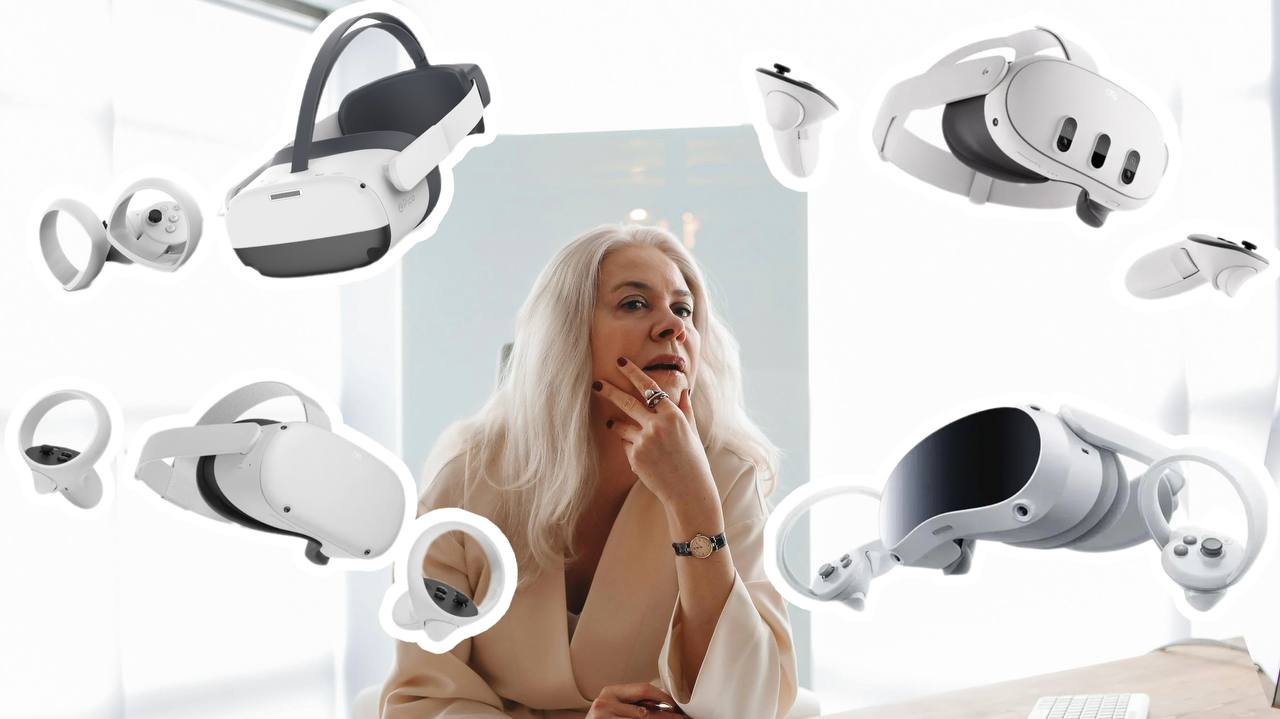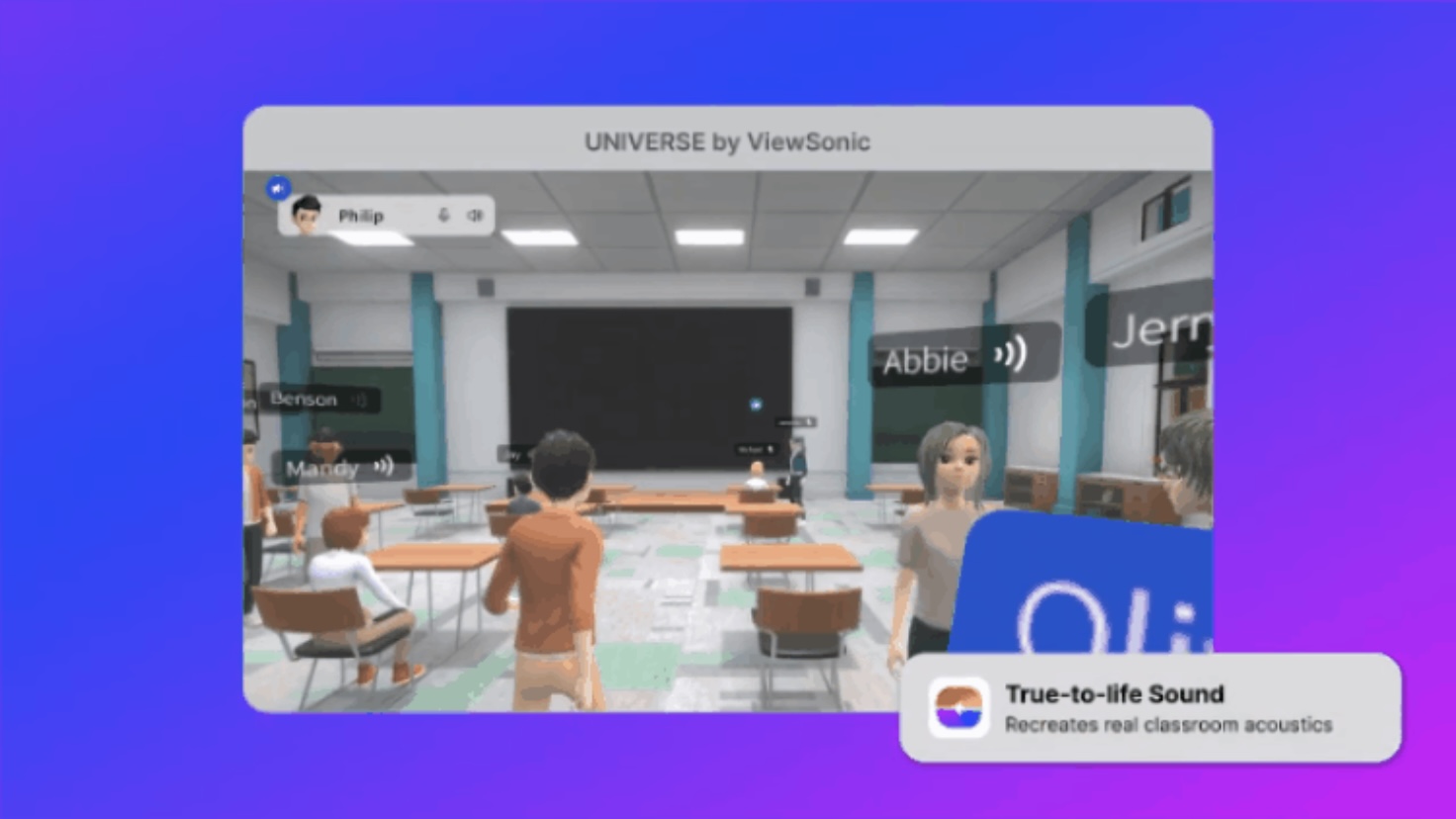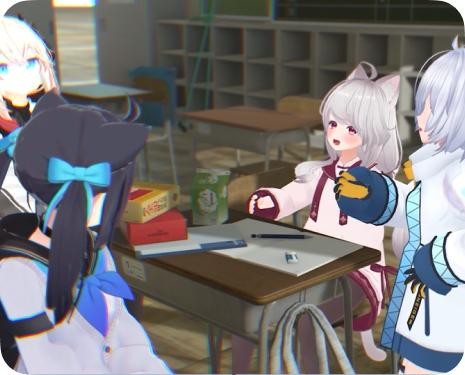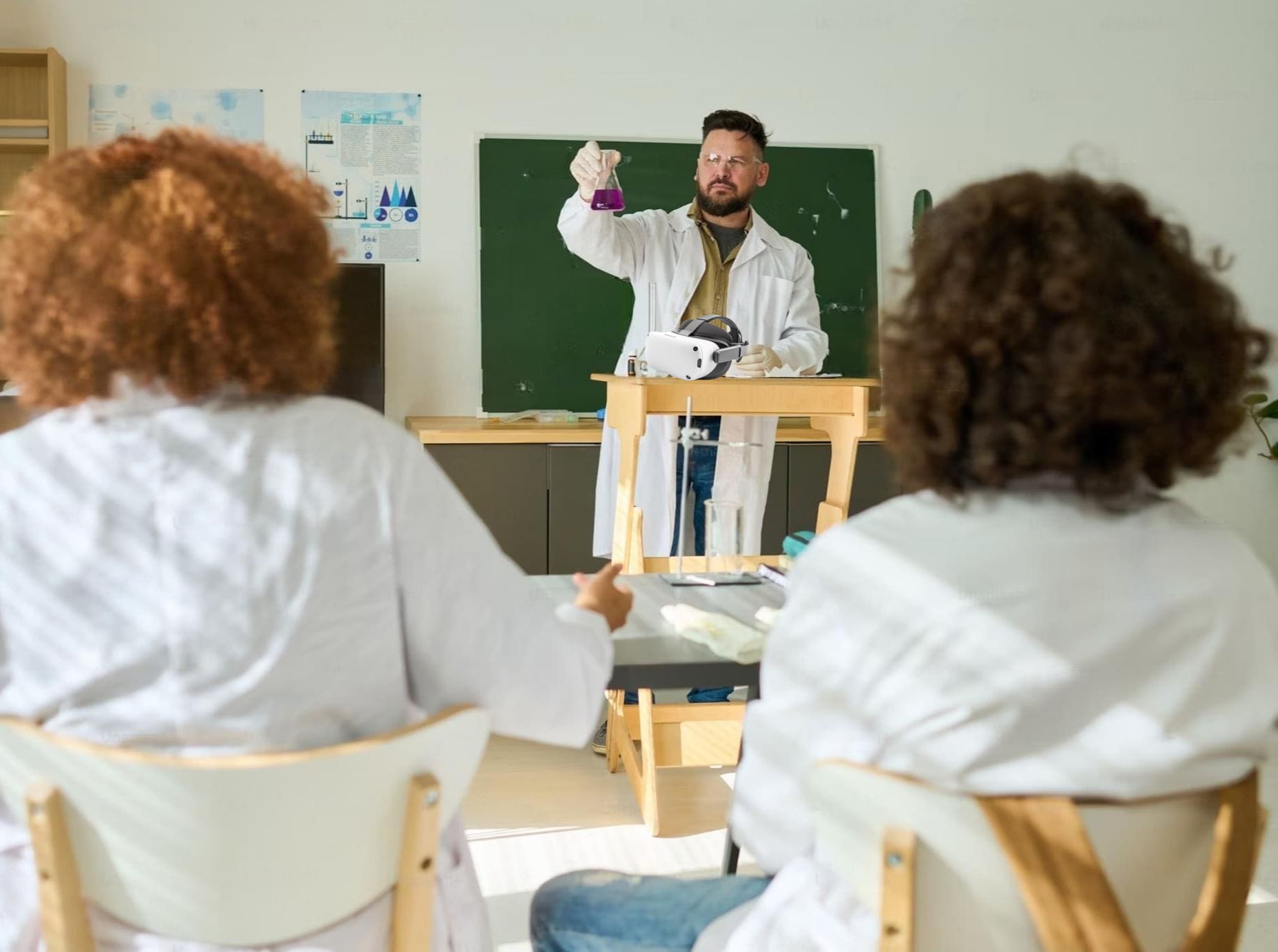
Introduction
In STEM education, experiments are a cornerstone of practical learning, bridging theory with hands-on experience and enhancing student engagement. Traditionally, hands-on experiments in labs have been the gold standard for deepening understanding of scientific principles. However, the advent of advanced technologies, such as virtual reality, is transforming the educational landscape. Virtual reality now allows for innovative experimentation that might be impractical or impossible in a traditional classroom. This article, "Balancing Physical and Virtual Experiments in STEM Education," explores the importance of experiments, the advantages of VR, and how to effectively integrate both methods for optimal learning outcomes. By the end, you'll gain insights into harmonizing VR with hands-on experiments to enrich your STEM curriculum.
Advanced technologies bring about a change in the educational landscape today. Virtual reality is finding its way into practice in many classrooms, and some of the new exciting ways in which experiments are being carried out involve using this technology. This opens up possibilities for students examining scenarios that might otherwise have been impossible or at best impractical to conduct in a traditional classroom setup.
The objective of the article is to discuss striking a balance between physical and virtual experiments in STEM education. We shall cover why experiments are of high importance, advantages of VR experiments, and how to strike the right balance between these two methods for better learning outcomes. By the end, you will be clearer about how you can effectively integrate VR into your STEM curriculum without giving up the benefits of hands-on experiments.
Importance of Experiments in STEM Education
Experiments are very important in STEM education. They provide a hands-on feel for abstract ideas, thereby making learning enjoyable and memorable. Students learn to visualize theory put into practice with practical lessons, enhancing understanding and retention capabilities.
Experimental learning allows students to really improve their skills in critical thinking and the solving of problems. A student will learn how to formulate hypotheses, observe the outcome, and draw conclusions by following empirical proof through experimentation. It is a hands-on method that is quite useful in helping students comprehend some of the complex principles of science.
Examples of Traditional Hands-On Experiments
Chemical Reactions in Chemistry Labs: Mixing different chemicals to observe reactions helps students understand concepts like reactivity, conservation of mass, and the nature of substances.
Physics Experiments: Building simple circuits, measuring forces, and studying motion provide insights into fundamental physics concepts. For instance, using a pendulum to study harmonic motion illustrates the principles of energy conservation and periodicity.
Biology Experiments: Dissecting specimens, studying plant growth under different conditions, and examining microorganisms under a microscope offer students a closer look at biological processes and the diversity of life.
These science experiment lesson plans have been essential in STEM education for decades. They not only make learning interactive but also foster a deeper connection with the subject matter. By engaging in these practical lessons, students develop a sense of curiosity and a desire to explore further, laying a strong foundation for future scientific inquiry.
Incorporating both hands-on experiments and virtual experiments can create a more comprehensive and enriching learning experience. While traditional methods provide the tactile and visual cues necessary for understanding, VR education software can offer experiences that are otherwise impossible in a typical classroom setting.
Advantages of VR Experiments
Expanding Possibilities
These VR education apps bring with them a wealth of opportunities that traditional experiments simply cannot compare with. First, among these, comes the opportunity to try out experiments that are ethically or legally banned in real life. In a typical school setting, it is not possible to centrifuge human blood and separate it into its constituents because it is considered unethical, and there are legal provisions against such actions. Similarly, it is not possible to safely and ethically replicate the effect of splinters in the skin with real students. VR education software enables these kinds of experiments to be run through—a virtual environment, giving the students all knowledge of the processes involved without any risk.
Besides ethically forbidden experiments, VR technology enables students to conduct those experiments which are impossible in real life. For example, inside the living cells in the virtual laboratory, one is able to change objects and reactions at the micro-level, which in traditional science lesson plans is a purely theoretical part. They could see inside the organs, and see how the tissues interact to perform their functions in a way that diagrams or textbooks are never able to do justice.
Moreover, VR allows students to fiddle around with molecules, atoms, and even the most basic subatomic particles. They can see how these particles interact and emerge to become what comprises the very basis of matter itself, therefore providing a clearer feel — more intuitive — to the very fundamental science being taught. This type of learning experience is almost pricelessly invaluable in creating interest and understanding in STEM education.
Integration of VR education services into the curriculum will, therefore, better place schools at diversifying learning experiences for students to make science more accessible and interactive. The combination of physical and virtual experiments may increase comprehension and student retention, making them well-prepared for further developments in science.
Striking the Right Balance
The Role of Physical Experiments
Although impressive, these very benefits of VR education cannot substitute traditional hands-on experiments in the laboratory. Thus, physical experiments provide a sense of tacility core to developing real-life skills. For instance, measuring liquids, manipulating laboratory equipment, and observing chemical reactions enhance understanding of scientific tenets through 'touch-and-feel' interaction.
Experiments of a classic nature, for example, growing plants in different conditions to explain photosynthesis or measurement of electrical circuits to understand the basics of the flow of electric current, are absolutely impossible to replace. Those activities not only fix theoretical knowledge but also develop critical thinking and problem-solving skills. They teach proper safety measures that one is supposed to observe, working techniques to be implemented in a laboratory, and thus prepare students for further work in the science lab.
The Role of Virtual Experiments
On the other hand, VR education services are perfect for experiments that are impractical or impossible to conduct in a real school setting. Virtual experiments can simulate scenarios that are too dangerous, expensive, or complex to recreate physically. For example, students can use VR education apps to explore molecular structures, dive into the human bloodstream, or conduct high-energy physics experiments — all from the safety of their classroom.
VR education software complements traditional methods by offering interactive and immersive experiences that enhance the understanding of complex subjects. For instance, students can virtually dissect an animal without ethical concerns, or manipulate atoms and molecules to see chemical reactions at the atomic level. This can make abstract concepts much more tangible and comprehensible.
Position Statement
We do: Using VR in education has huge potential, but shall not replace the actual experiments; it will supplement them. For this reason, we will prefer a balanced approach where VR technology shall be used to enhance learning and not for its own sake as some fancied technology. Integrate both physical and virtual experiments, and one gets a richer, more versatile educational experience that caters to a variety of learning styles and needs.
Get Started with VR Experiments
Want to see for yourself what's possible in VR education? Fill out this form on our request demo page to get free access to a VR simulation containing a virtual experiment. Don't have a VR? No problem. There are ways to experience the content anyway. We offer solutions to make sure you're still able to discover and learn from our simulations.
Conclusion
In other words, experiments are essential parts of STEM education to make it practical, hands-on, and to come up with a deep understanding and retention. Where traditional hands-on experiments play an invaluable role in foundational learning, VR education apps and VR education software are opening new avenues for conducting complex and otherwise impractical experiments.
It is all about balance — physical and virtual experiments, while not necessarily being mutually exclusive, should be duly balanced. It is possible to include VR in the syllabus to make the learning experience at school more interactive and holistic in nature. At the same time, it should be adopted in a discreet manner to supplement and complement the present system of learning, not to replace it altogether.
Looking ahead, STEM education will be balanced by the approach that marries the best of both worlds. Further innovating and integrating new technologies will go on to provide students with increased richness and versatility of learning experience for sustainability of challenges and opportunities reaching forward from the future.
